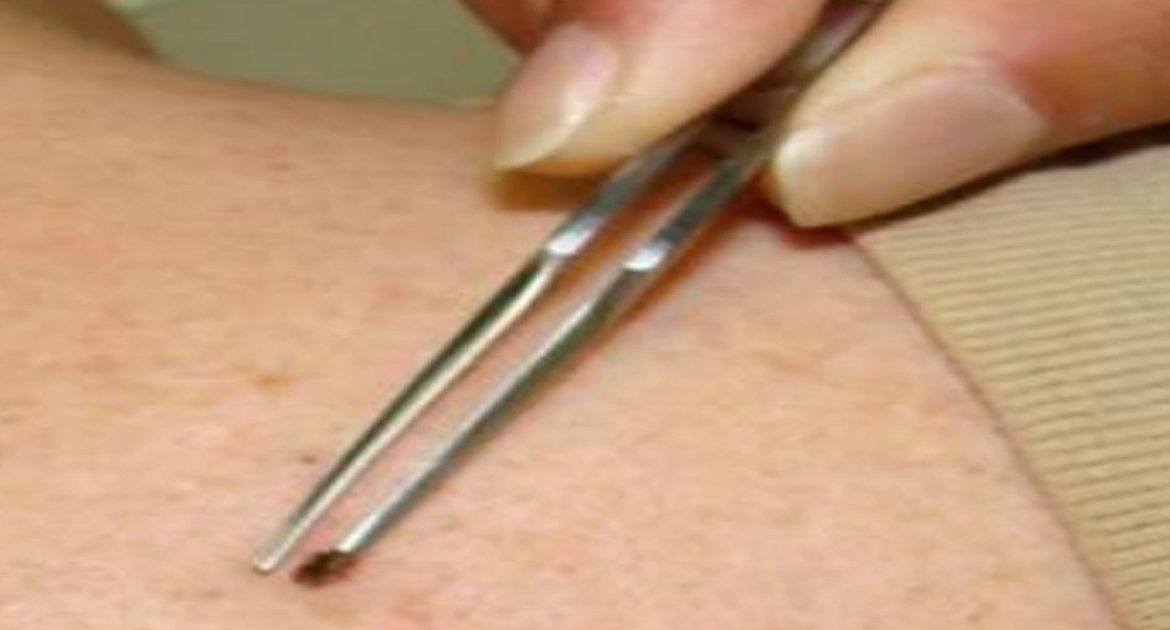If you like to spend time outside over the summer, you know that you always need to check your body for ticks.
Ticks, which are small arachnids (like spiders), live by feeding on the blood of other animals, including humans.
These tiny bugs, which are often no larger than the head of a pin, can cause serious damage when they make themselves at home on animals or humans.
Ticks can spread a variety of diseases. The most notorious is Lyme disease, but ticks can also spread Powassan disease and many other serious illnesses.
The best way to avoid these problems is to avoid ticks altogether by using bug repellents and thick clothing, but obviously these methods aren’t foolproof.
If you do find a tick on yourself, a family member, or a pet, it’s important to know how to remove a tick properly in order to avoid some detrimental problems.
Read the guidelines below to find out exactly how you should — and shouldn’t — remove a tick.
How To Remove A Tick The Right Way
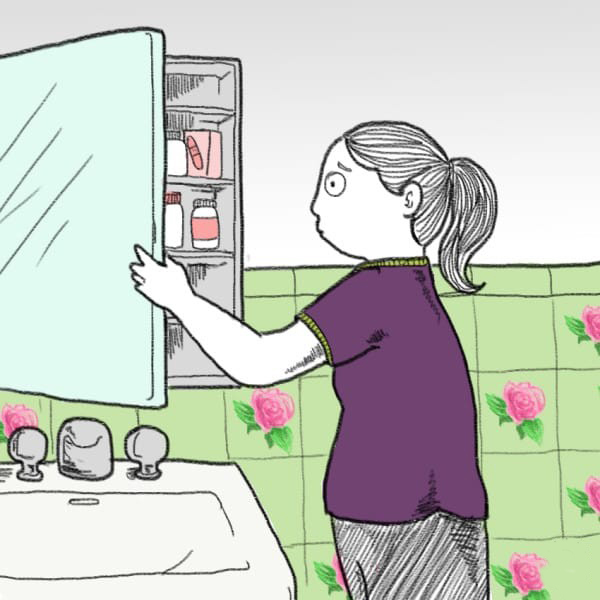
Every time you go outside, especially after going hiking or spending time in densely wooded areas or areas with tall grass, you need to check for ticks — not just on yourself, but on your family members and pets.
If you do find a tick on your skin, follow the steps below to remove it properly.
The Right Way #1: Use Fine-Tipped Tweezers

One of the most important things to do when it comes to removing ticks is to use the right tools.
The Center for Disease Controls and Prevention (CDC) explains that you should only use fine-tipped tweezers when trying to remove a tick.
The Right Way #2: Grasp The Tick As Close To The Skin’s Surface As Possible
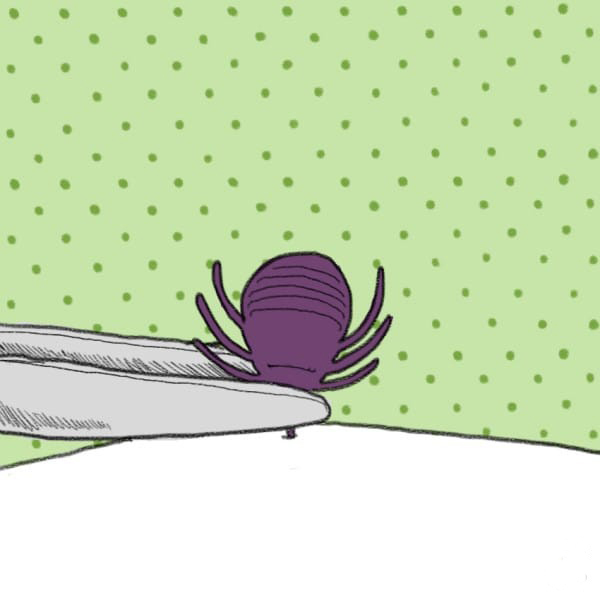
Using your fine-tipped tweezers, grasp the tick as close to your skin as possible.
Because ticks enter the skin using their mouths, you should try to grab the tick as close to its mouth as you can — the body of the tick will be the part that is sticking out of your skin.
WebMD explains that you should not squeeze the tick around its belly because you could push the infected fluid into your body.
The Right Way #3: Pull Upward With Steady Pressure
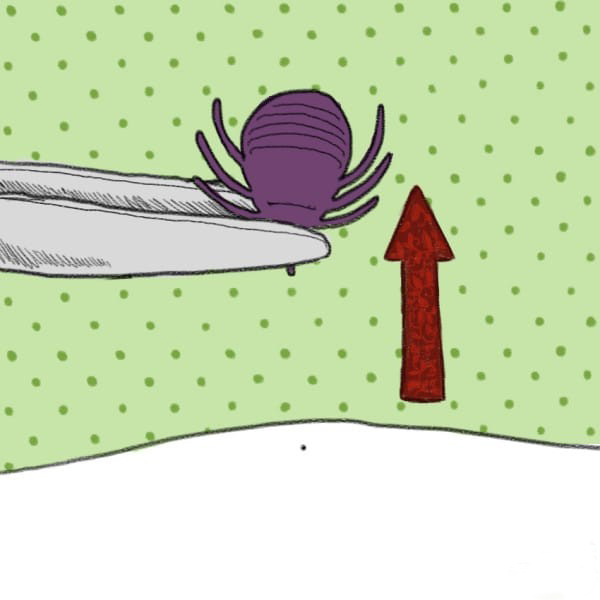
Once your tweezers are in the right place on the tick’s body, gently pull the tick upwards, directly away from the skin.
Don’t jerk the tweezers or twist them at all because this could break the tick’s body off of the head.
The CDC explains that if the tick’s head or mouth does break off, you should remove the rest of the mouth parts with the tweezers.
The Right Way #4: Thoroughly Clean The Bite And Your Hands

After you’ve removed the tick from your skin, thoroughly wash your hands and the bite area.
You can use soap and warm water, rubbing alcohol, or an iodine scrub, explains the CDC.
The Right Way #5: Dispose Of The Tick Properly
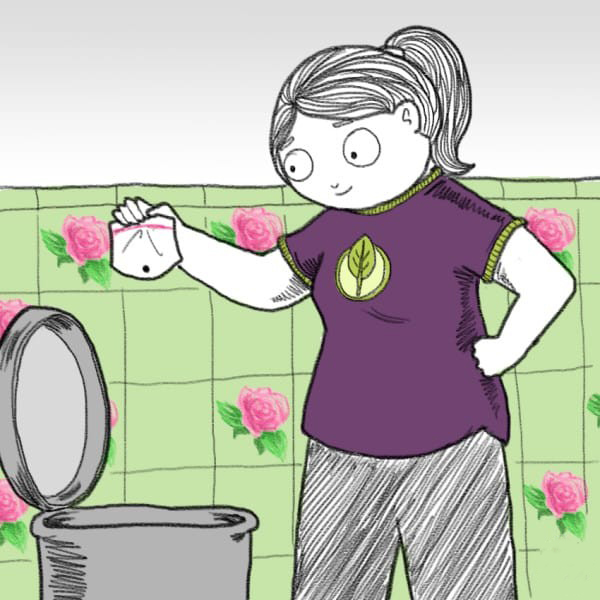
Once the tick is out of your body, you’re not done with it — you need to make sure to dispose of it properly.
The CDC explains that in order to dispose of a live tick correctly, you should flush it down the toilet, wrap it tightly in tape, submerse it in alcohol, or place it in a sealed bag/container and throw it away.
The Right Way #6: Watch For Symptoms

After you’ve disposed of your tick, make sure to watch your body for symptoms.
Some common symptoms that require a follow-up include fever and rash. Make sure that you tell your doctor about when the tick bit you and where you got the tick bite.
According to WebMD, if you’re concerned about the possibility that a tick might be carrying a disease when you get the bite, you can put the tick into a ziplock bag and put it in the freezer for later identification.
The Wrong Way To Remove A Tick

Although there are many old wives tales about how you can remove a tick, you should never try these methods.
These folklore remedies might sound useful, but they can actually cause more problems than they solve.
The Wrong Way #1: Don’t Burn The Tick

Never remove a tick by burning it. There are a lot of concerns when it comes to trying to burn a tick off — The New York Times explains that “traumatizing the insect with heat or too much force also carries the risk of making it regurgitate, further increasing the likelihood of infection.”
In addition to increasing the likelihood of infection from the tick, you also risk burning yourself if you try to burn the tick out of your skin.
The Wrong Way #2: Don’t “Paint” The Tick

The CDC explains that you should avoid “painting” the tick with nail polish or petroleum jelly as some places might suggest.
The best thing you can do when a tick buries itself in your skin is to remove it as quickly as possible.
The Wrong Way #3: Don’t “Drown” The Tick
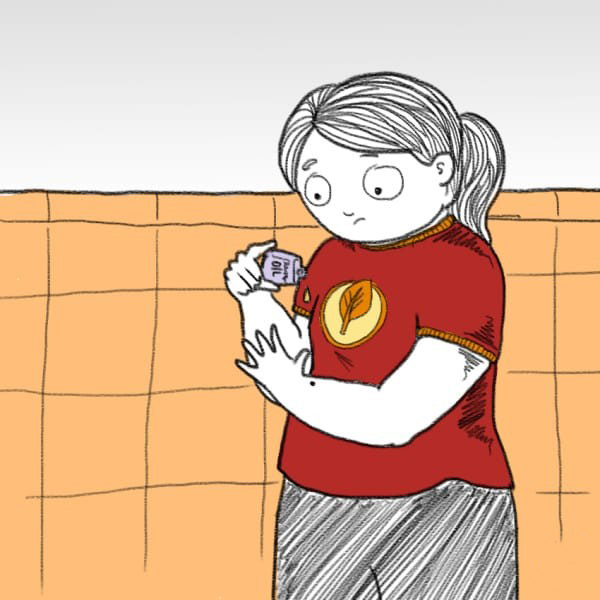
You should also never drown the tick in gasoline or rubbing alcohol.
The issue with this method, explains The New York Times, is that it could take hours for the tick to suffocate, which gives it more time to pass on infection or disease.
The Wrong Way #4: Don’t Twist The Tick
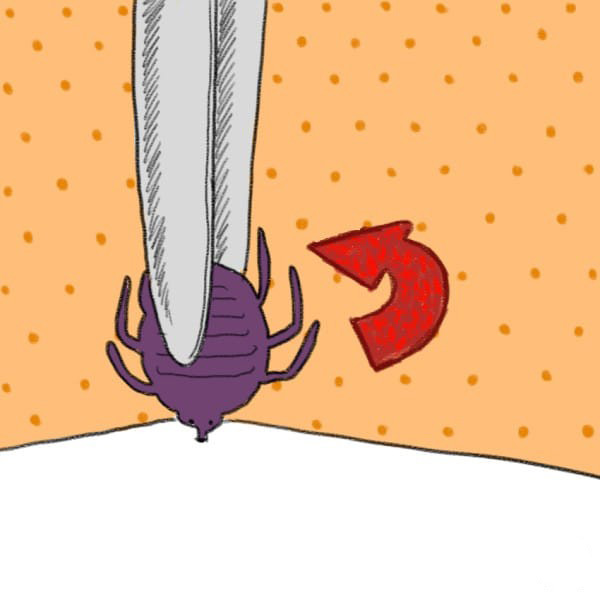
When using the fine-tipped tweezers, you should be sure to only pull directly upwards, with steady, constant pressure.
Make sure you don’t twist the tweezers when you are removing the tick, because you may break the tick’s body off of its head/mouth, explains WebMD.
Tick Bite Treatment

After you’ve removed the tick and disposed of it (or saved it) properly, you need to wash your skin thoroughly.
Once you wash your hands and the bite site, there are a few things you can do to ease any discomfort.
WebMD explains that you can apply a bit of petroleum jelly, cover the bite with a bandaid, and apply ice if there is any swelling or pain.
If you experience an complications or worsening symptoms (like fever or rash) contact your doctor right away.
Do you think everyone should know how to properly remove a tick?
Make sure to Liked Video this important article with your friends and family!
